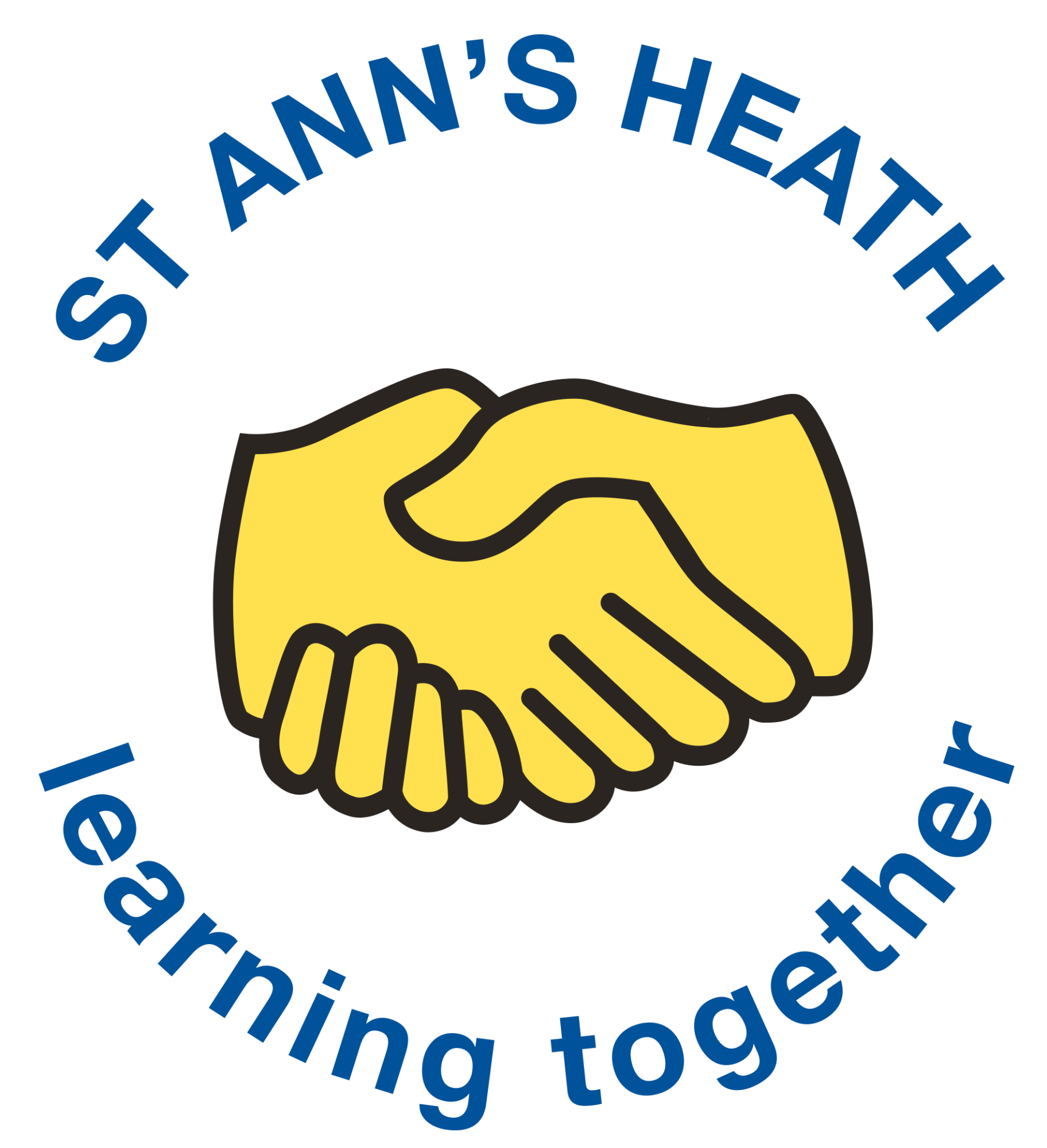Art and Design
Art and Design is expressing ourselves by creating something with imagination and skill.
"I really loved the photography and editing unit that we did" - Year 6
At St Ann’s Heath, we believe our Art curriculum should inspire pupils and develop their confidence to experiment and invent their own works of art. We follow a scheme which is written by experts in their field and designed to give pupils every opportunity to develop their ability, nurture their talents and interests, express their ideas and thoughts about the world, as well as learning about the rich heritage and culture of the British Isles and beyond. Through learning about a wide range of Art and Crafts, from various cultures, we hope to not only develop the children’s passion and love of the subject but also build a respect, natural inquisitiveness and an appreciation of art in all its forms which they may carry with them throughout their lives.
Intent
- Engage, inspire, and challenge our children in art and design.
- Equip our children with knowledge and skills to experiment, invent, and create their own works of art, craft, and design.
- Educate our children on how art and design reflect and shape history.
- Enable our children to create creative work, allowing them to explore their ideas.
- Facilitate the recording of their experiences through artistic expression.
- Enable our children to become proficient in drawing, painting, sculpture, and other art, craft, and design techniques.
- Enable our children to evaluate and analyse creative works using the language specific to art, craft, and design.
- Educate our children about great artists, craft makers, and designers.
- Foster an understanding of the historical and cultural development of various art forms.
Implementation
- At St Ann’s Heath, we follow the Kapow condensed curriculum for Art & Design.
- The Kapow Art revised scheme of work is designed with five strands that run throughout. These are:
- Generating ideas
- Using sketchbooks
- Making skills, including formal elements (line, shape, tone, texture, pattern, colour)
- Knowledge of artists
- Evaluating and analysing
- Units of lessons are sequential, allowing children to build their skills and knowledge, applying them to a range of outcomes. The formal elements, a key part of the National Curriculum, are also woven throughout units.
- Key skills are revisited again and again with increasing complexity in a spiral curriculum model. This allows pupils to revise and build on their previous learning.
- Units in each year group are organised into four core areas:
- Drawing
- Painting and mixed-media
- Sculpture and 3D
- Craft and design
- Meaningful links to the creative curriculum are established whenever possible e.g. Y3 papyrus linked to Ancient Egypt. In cases where this isn't feasible, units of learning are taught discretely
- Kapow National curriculum mapping shows which units cover each of the National curriculum attainment targets as well as each of the strands.
- Progression of knowledge and skills documents show the skills that are taught within each year group and how these skills develop to ensure that attainment targets are securely met by the end of each key stage.
- Units of learning are fully scaffolded and support the needs of all children.
- Creativity and independent outcomes are robustly embedded into all units, supporting children in learning how to make their own creative choices and decisions, so that their art outcomes, whilst still being knowledge-rich, are unique to the pupil and personal.
- Lessons are always practical in nature and encourage experimental and exploratory learning with children using sketchbooks to document their ideas.
- Knowledge organisers for each unit support pupils by providing a highly visual record of the key knowledge and techniques learned, encouraging recall of skills processes, key facts and vocabulary.
- Alongside teacher modelling, pupil videos created by subject specialists help children to see art techniques modelled by experts, to ensure the delivery of Art is of the highest quality.
- Each unit of lessons includes multiple teacher videos to develop subject knowledge and support ongoing CPD.
Impact
The impact of our Art & Design curriculum is assessed through the following methods:
- Book looks
- Analysis of planning skeletons
- Learning walks
- Curriculum reviews
- Pupil voice
- Children produce creative work, exploring and recording their ideas and experiences.
- Children are proficient in drawing, painting, sculpture and other art, craft and design techniques.
- Children evaluate and analyse creative works using subject-specific language.
- Children know about great artists and the historical and cultural development of their art.
- Most children meet the end of key stage expectations outlined in the National Curriculum for Art and design.
